The Ivory Carving of Mulan
How many of you had planned to watch the newly released Disney movie Mulan but had to cancel it at the last minute? Do you know that there is an ivory carving of Mulan at the Lizzadro Museum? See if you can find Mulan in the gallery, when we re-open.
Mulan, aka. Hua Mulan, is a legendary female warrior from the Six Dynasties (220-589), a period of unbridled warlordism and political chaos in Chinese history. As told in a sixth-century poem, the Ballad of Mulan, the young Mulan disguised as a man, took her elderly father’s place in the army, and distinguished herself in battles. As a role model of filial piety, bravery, and patriotism, Mulan became a popular heroine in Chinese literature and operas in the following centuries and was repeatedly represented in paintings, on ceramics, and as carvings.
The ivory carving of Mulan in the Museum captures the moment when Mulan returned from a battle. Dressed in full military gear, she is taking off one of her boots. The artist not only portrays Mulan and her horse realistically but also leaves a couple of clues to reveal her true identity as a girl. In this carving, Mulan’s left foot is represented as disproportionately smaller than a normal-sized foot, an indication of a bound foot, a much later practice to demonstrate women’s commitment to Confucian values of chastity and obedience. With her head slightly tilted, Mulan just put a flower in her hair. This detail illustrates one of the last lines of the six-century poem, which portrays Mulan changed into her female dresses and put on makeups after returning from the battles. These visual hints show the creativity of the carver.
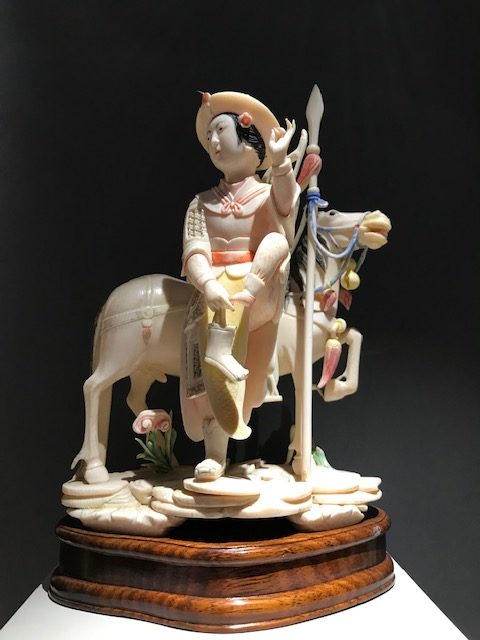
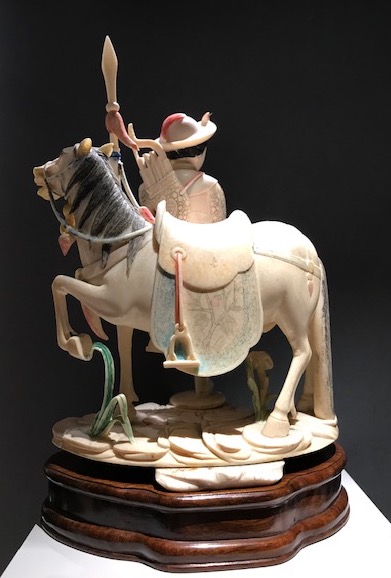

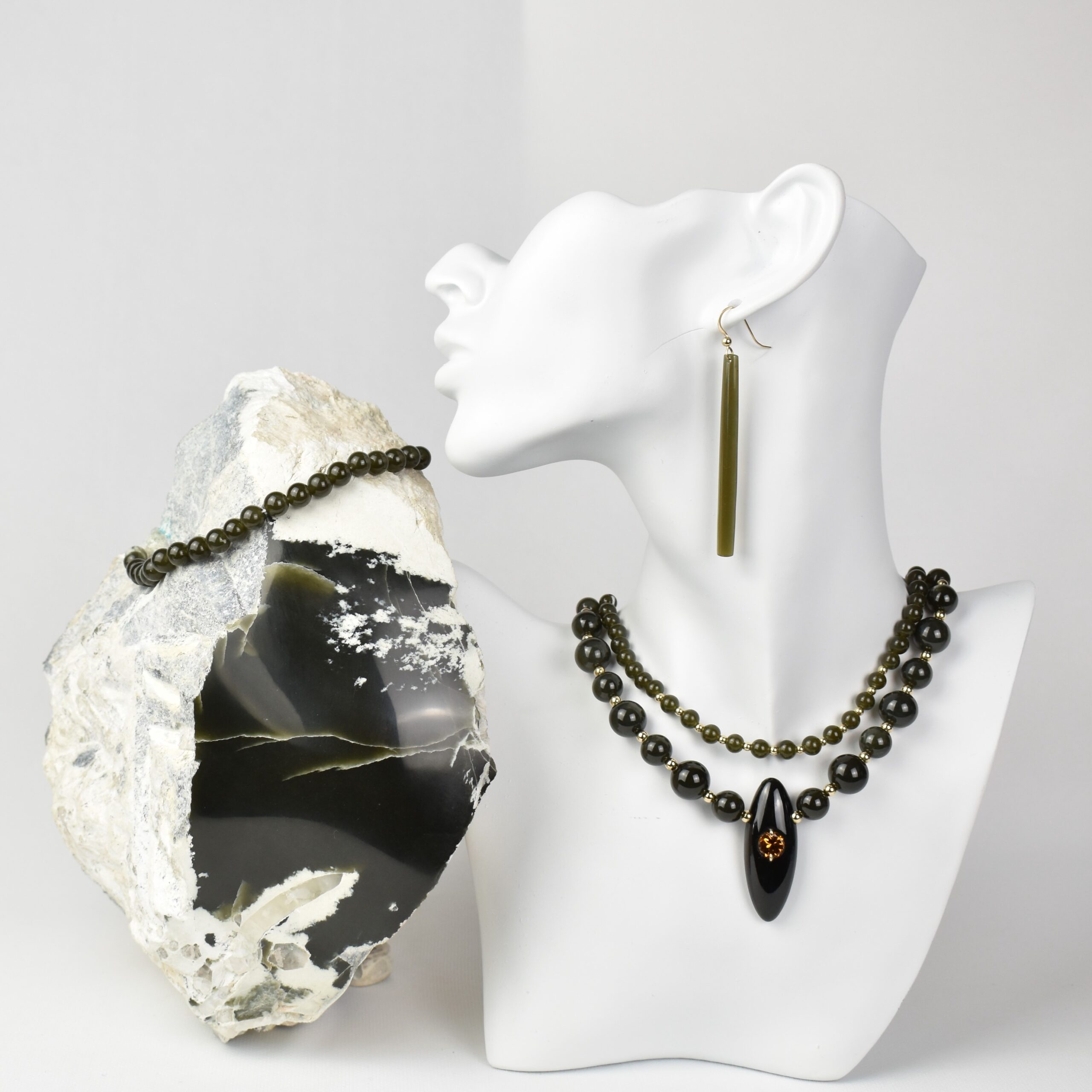

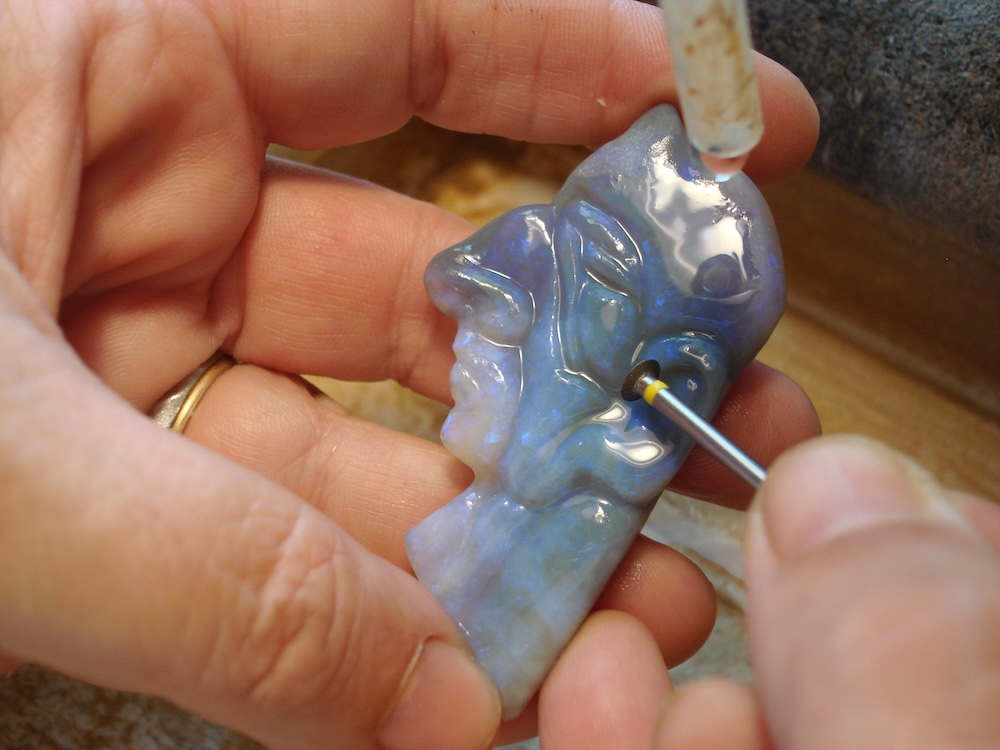

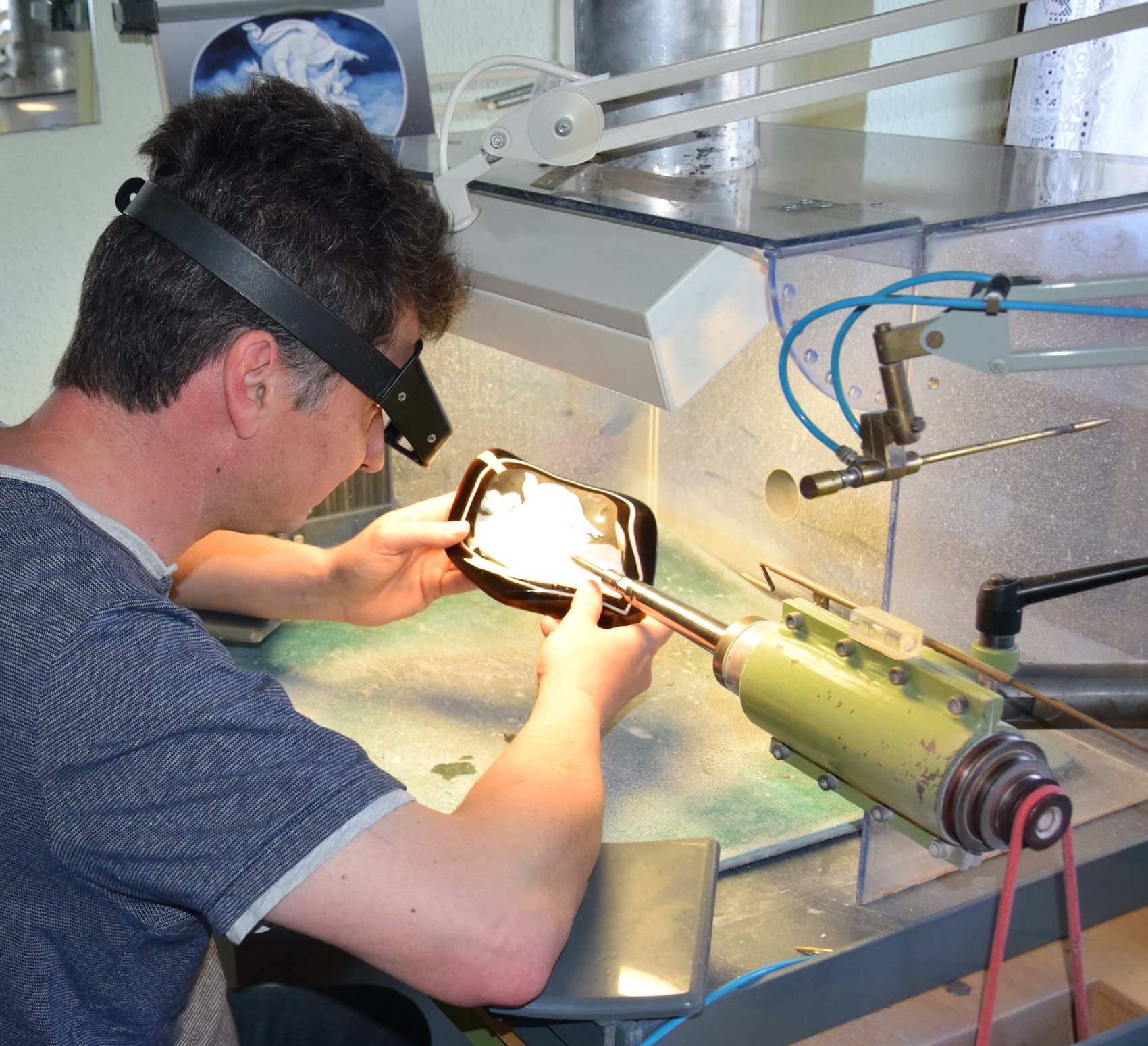

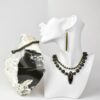

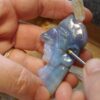

Just outstanding! Thank you for sharing.
I really like the carving of Mulan. How old is it?
It was carved in the 20th Century in China!